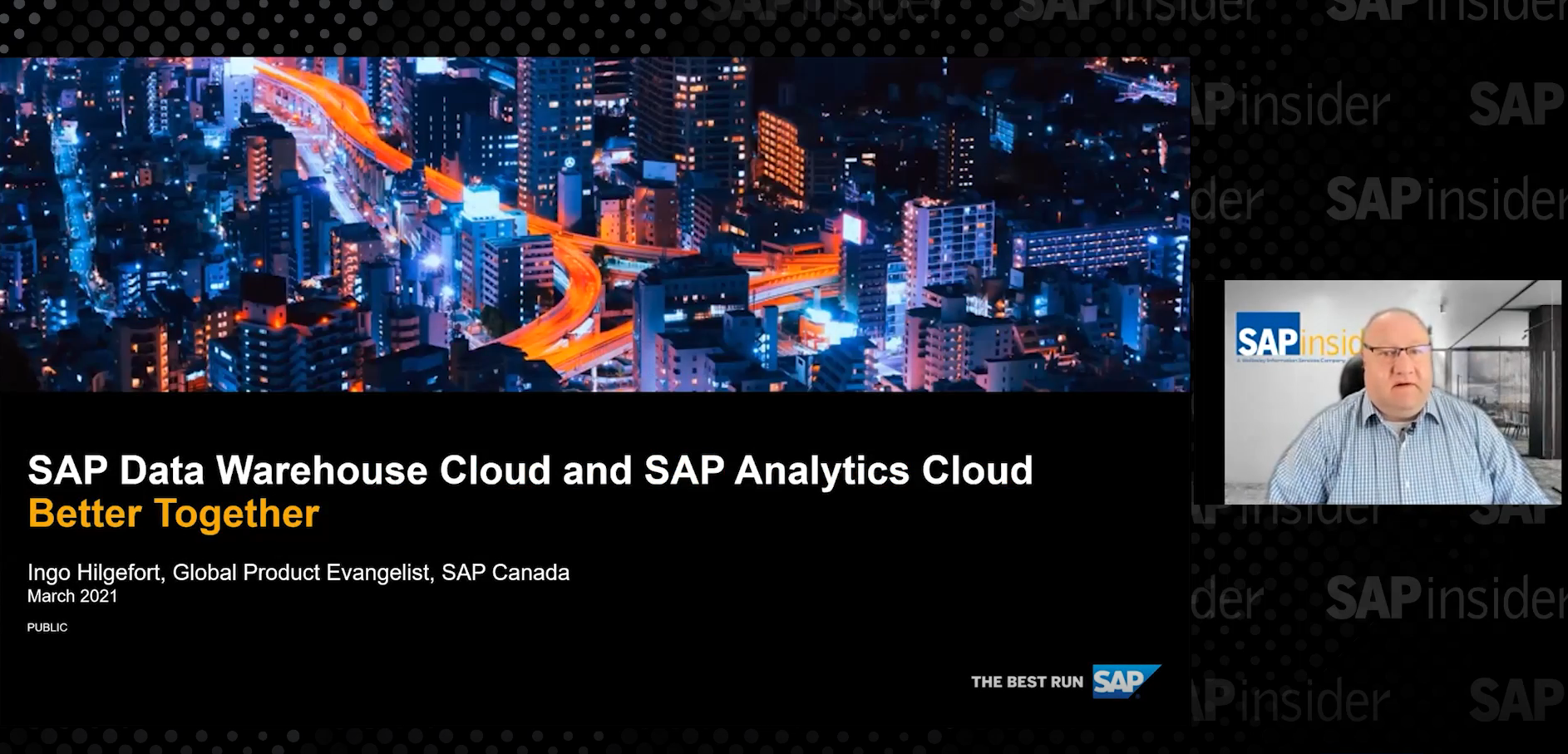Unlock the Power of SAP Data: Top Analytics and AI Data Integration Use Cases
Reading time: 6 mins
Key Takeaways
⇨ Integrating SAP data with other on-premises and SaaS applications is essential for effective AI and analytical reporting, yet poses significant challenges due to SAP's complex data structures and lack of standard integration methods.
⇨ The Informatica Intelligent Data Management Cloud (IDMC) offers a seamless solution for integrating SAP data using services like Cloud Mass Ingestion (CMI) and Cloud Data Integration (CDI), which support high-volume data replication and advanced transformation capabilities.
⇨ With IDMC, businesses can efficiently replicate SAP data to cloud platforms for analytics and feed enriched data back into SAP, enabling real-time decision-making and operational efficiency.
You can’t read an article, watch the news or go on LinkedIn without seeing something about artificial intelligence (AI) these days. But you can’t have confidence in your AI initiatives if you can’t easily access and integrate data from across your enterprise systems.
You can’t read an article, watch the news or go on LinkedIn without seeing something about artificial intelligence (AI) these days. But you can’t have confidence in your AI initiatives if you can’t easily access and integrate data from across your enterprise systems. SAP enterprise resource planning (ERP) systems carry some of the most business-critical data available in an organization, but it can be challenging for companies to marry SAP data with other on-premises or SaaS applications for use in AI models and analytical reporting.
Why Do You Need to Integrate SAP Data?
Business critical data resides in your SAP system. But you need this data in your cloud data warehouse to be able to use it for analytics and AI purposes. Once in the cloud, your SAP data can be enriched by combining it with other on-premises and SaaS application data for downstream operational consumption.
Feeding enriched data into your systems gives you a comprehensive view of essential business information, which enhances decision-making and operational efficiency. But given the complexity of SAP systems, it is not easy to integrate your on-premises SAP data — it has its own set of challenges.
Common Pitfalls of Integrating SAP ERP Data
Integrating SAP data can be complex, time-consuming, costly and, typically, requires highly skilled resources. As such, here are the four common challenges organizations face when undergoing data integration for SAP:
1) Lack of a standard integration method
SAP offers various data integration methods, protocols and interfaces — such as Intermediate Document (IDoc), Business Application Programming Interface (BAPIs), Advanced Business Application Programming (ABAP), Remote Function Call (RFC) and Java Connector (JCo) — to connect and manage data and processes. While they function well within SAP systems, they don’t extend well to third-party data integration vendors. Because of this, enterprises often struggle to find one vendor that can cover all their data integration use cases.
2) Complex data structures and formats
SAP employs its own proprietary language (ABAP), logic and processes. Complex data tables with intricate relationships and exclusive data formats make accessing data outside the SAP environment difficult. This complexity results in time-consuming and costly data integration.
3) Dealing with high-volume data access
The rapid generation of new data and the diverse data formats and sources can create hurdles for integrating SAP data. Beyond accessing the data, managing the volatility and connection of data for consumption also significantly impacts data integration efforts.
4) Scarce availability of skilled resources
Enterprises attempting to integrate SAP data through in-house solutions often struggle with a shortage of the specialized skills required to comprehend the intricate SAP data structure.
How Informatica Can Help Integrate SAP Data
The Informatica Intelligent Data Management Cloud (IDMC), our open, AI-powered, end-to-end data management platform, offers the key capabilities required to integrate SAP data seamlessly for diverse data integration use cases. Using the IDMC Cloud Mass Ingestion (CMI) and Cloud Data Integration (CDI) services, you can access, ingest, replicate and integrate SAP data within minutes for most cloud analytics and data science use cases.
CMI is a no-code, wizard-driven, intuitive, unified cloud-native service that can seamlessly ingest and replicate data from SAP ECC or SAP S/4HANA to virtually any on-premises or cloud target — i.e., a data lake or data warehouse like Snowflake, Databricks, Amazon Redshift, Google Cloud or Microsoft Azure Synapse. This service comes with out-of-the-box connectivity that includes SAP Operational Data Provisioning (ODP) and SAP Mass Ingestion connectors.
These are specifically designed to support high-volume data replication with impressive performance and efficiency, saving a lot of time required to build custom connectors for your SAP systems. The log-based change data capture (CDC) feature helps to automatically refresh the destination to reflect the change in source data in real time, which helps ensure that you have the updated and correct data at all times.
Among its many capabilities, CDI offers SQL ELT, which enables you to harness the true potential of your cloud data warehouse by performing transformations directly within its environment. This not only eliminates unnecessary data movement but also maximizes parallel processing capabilities, resulting in fast analytics and reduced time-to-insights.
Common Use Cases for Integrating SAP Data
Now let’s examine two common customer use cases and see how CMI and CDI together can help you seamlessly access and integrate SAP data.
Use Case #1: Replicate and integrate with ELT
Many organizations build their analytics layer on non-SAP cloud platforms, which provide the agility and scalability organizations need for real-time decision-making. This requires data replication from SAP to a cloud data warehouse like Amazon Redshift, Azure Synapse, Google BigQuery, Databricks and Snowflake.
In this scenario, Informatica CMI can be used to replicate the operational data from SAP onto the cloud. Then, customers can perform downstream transformations using Informatica CDI advanced integration (which runs on Spark) or SQL ELT capabilities to analyze their operational ERP data along with data from multiple different sources.
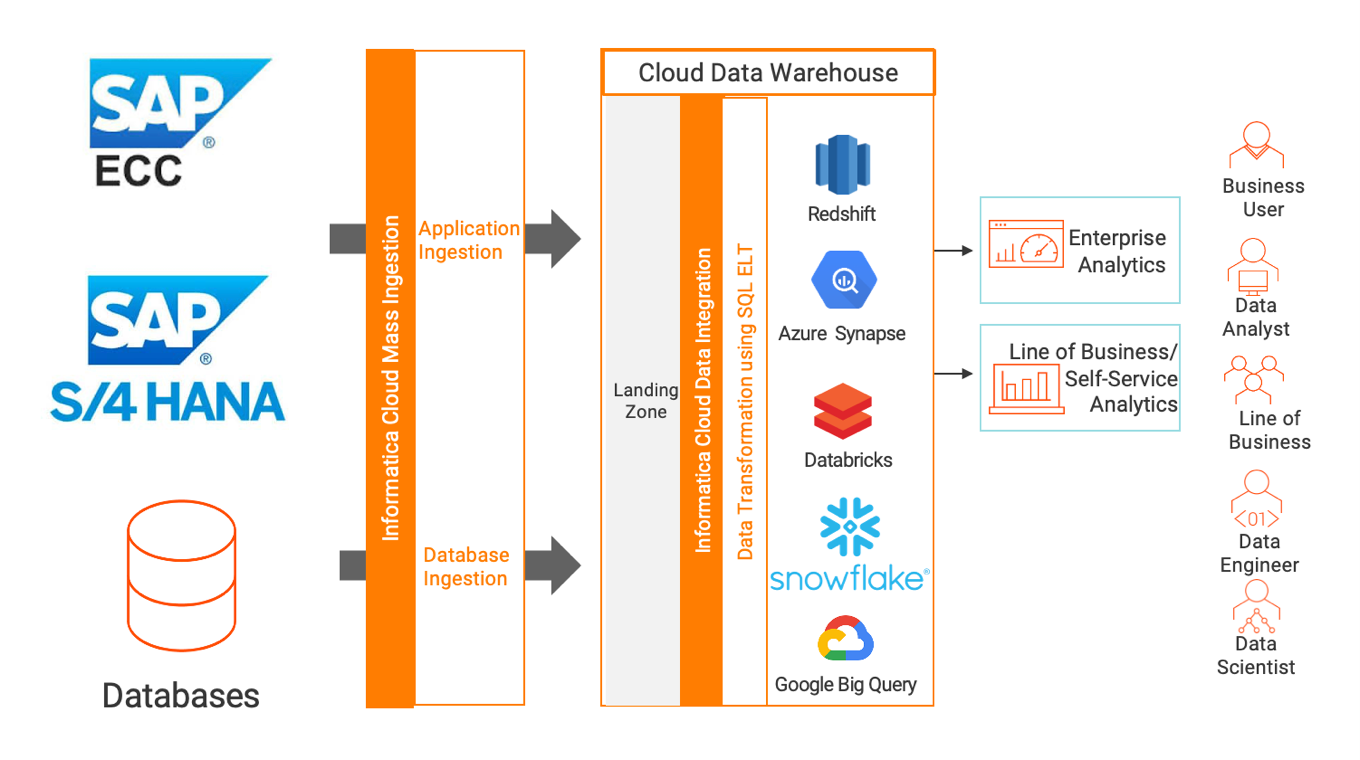
Figure 1: Replicate and integrate your data with Informatica Cloud Mass Ingestion and Cloud Data Integration.
A real-world example of this is when KLA moved 12 years of data to Snowflake in one weekend with Informatica, saving time and money with improved sales forecasting. By combining multiple data sources in the cloud for analysis — including an SAP ERP and an SAP CRM, among other sales and manufacturing systems — KLA now supports more detailed and user-friendly reporting. As a result, their teams can predict demand across complex and often customized product groups.
Use Case #2: Feed enriched data back into SAP with reverse ETL
Many organizations need SAP applications to have a consistent and real-time view of data for multiple use cases. This in turn helps provide a full picture of the customer for better personalization and marketing campaign efficiency. But to achieve this, organizations need to feed enriched data back into SAP from non-SAP systems.
In this scenario, Informatica CDI can be used to easily integrate non-SAP system data from your cloud data warehouse into your operational SAP systems using reverse extract, transform, load (ETL) to be consumed by downstream systems.
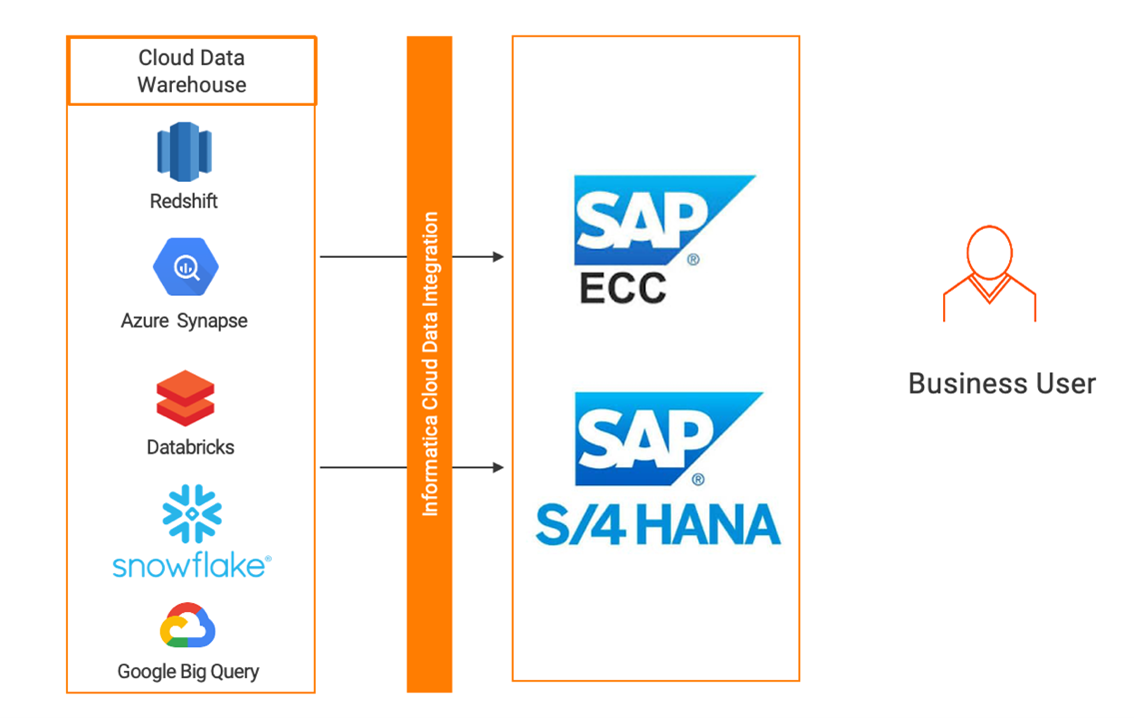
Figure 2: Reverse ETL can feed your enriched data back into SAP.
Informatica SAP Connectivity Options to Meet Customer Needs
For the above use cases, Informatica provides three approaches to integrate SAP systems to replicate data onto a cloud data warehouse or data lake based on the data extraction technique from different layers, ; i.e., application layer or database layer.
1) Application layer
In this approach, the connector interacts with the application layer and uses the SAP Operational Data Provisioning (ODP) Extractor within the Informatica Application Mass Ingestion service to read the data in SAP objects via their data sources. It also captures changes in data leveraging the ODP “delta” capability, based on the CDC interval configured by the user. Other connectors that also use the same approach are the SAP table reader and SAP Odata.
2) Database layer
In this approach, the connector interacts with the underlying database layer of SAP ECC or SAP S/4HANA using the Informatica Database Mass Ingestion service to read the data onto cloud targets. For SAP ECC running on Oracle or SQL Server, the configured replication pipeline connects to the underlying database for bulk load and captures the CDC using the transaction logs. For SAP S/4HANA, the connector goes to the underlying HANA database to get initial data and uses the triggers set up on the HANA database to capture CDC data.
3) Hybrid approach
In this approach, the connector leverages the SAP ABAP programming interface to connect to the ABAP layer for bulk load using the ABAP application server with the Informatica Application Mass Ingestion service. Currently, it supports an initial bulk load and CDC using the log-based CDC capability. It also provides coverage for pool and cluster tables, apart from transparent tables.
Access and Integrate SAP Seamlessly with IDMC
IDMC simplifies the process of accessing and integrating data from multiple interfaces within an SAP environment to give users access to the right information at the right time in the right interface for decision making. By accelerating the availability of information and driving operational efficiency, you will be able to make decisions faster and with more confidence.
CMI helps ensure that you can replicate data onto cloud platforms from SAP for your analytics need, which can be consumed by downstream transformation services like SQL ELT and advanced integration for further transformation.
Whereas CDI helps in integrating the aggregated data back into SAP for consistency, IDMC simplifies the process of accessing and integrating data from multiple interfaces within an SAP environment to give users access to the right information at the right time in the right interface for decision-making. By accelerating the availability of information and driving operational efficiency, you will be able to make decisions faster and with more confidence.
More Resources
See All Related Content-

-
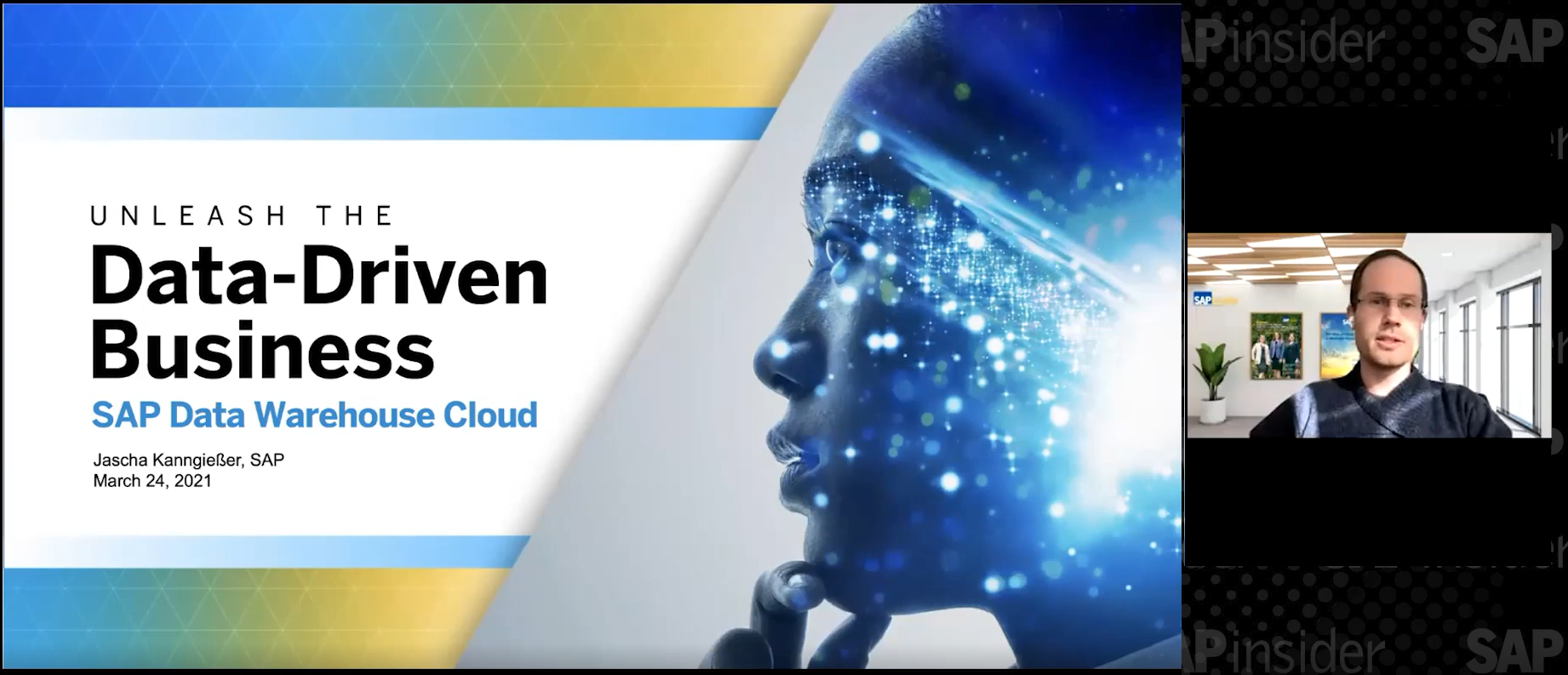
-
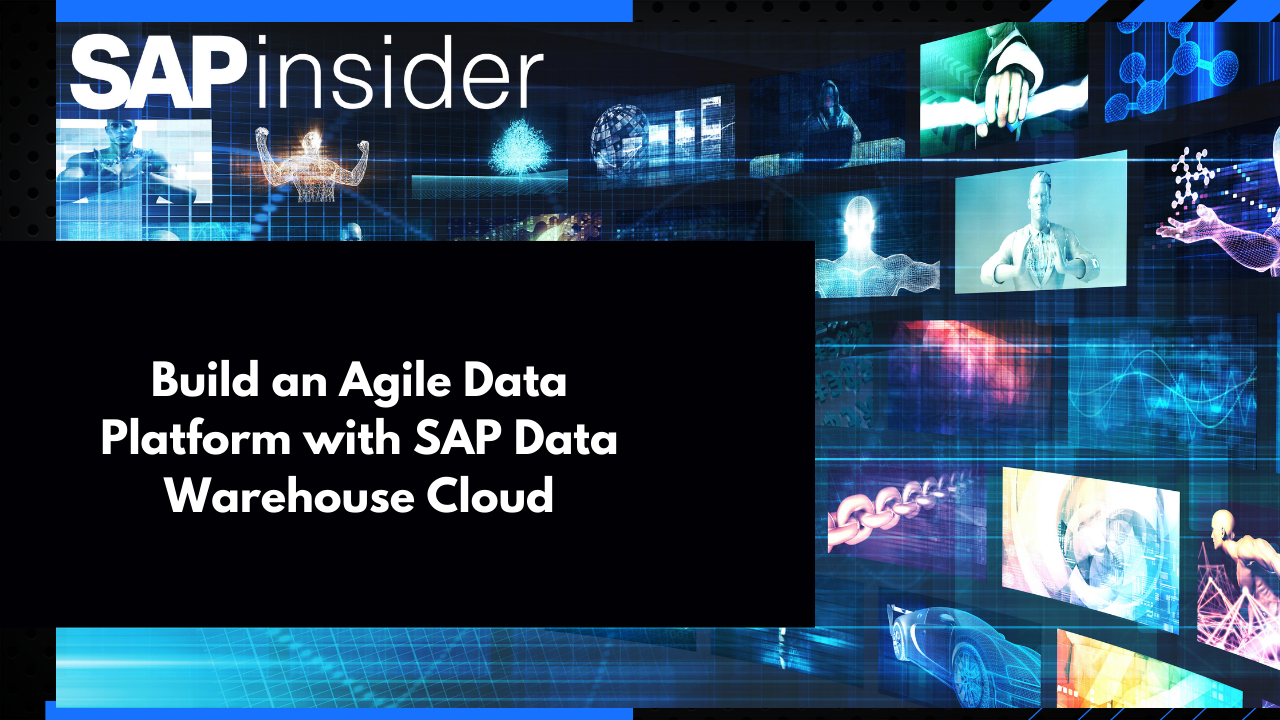
Build an Agile Data Platform with SAP Data Warehouse Cloud
Reading time: 7 mins
-
